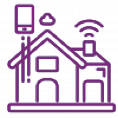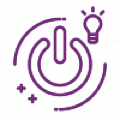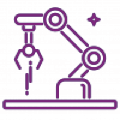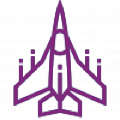Our privacy policy is located here.
While almost every modern electronic device connects to the cloud, they are often not designed with security in mind. The Internet of Things (IoT) is an exciting environment with use cases ranging from self-driving cars, to surveillance cameras, to heavy machinery, to smart garbage cans. Despite the amazing opportunity of IoT, none of the potential gains will be realized if the devices, communications and data are not secured. IoT security must be a pivotal piece of the design of any IoT implementation and must be thought of as a foundation of the overall solution.





